Much like other watch buffs, I’m drawn to intricate movements and unique mechanisms. It’s safe to say that an annual calendar watch delivers in both of these areas, standing as a testament to functionality and sophistication.
But what exactly is an annual calendar watch, how does it work, and what sets it apart from other timepieces?
Annual calendar watches are totally unique, so it’s not unusual to want to know more about how they work and why they’re so special. The good news is, you’ve come to the right place for answers.
In this article, I’ll walk you through the ins and outs of annual calendar watches, including how they’re different from perpetual timepieces.
What is an annual calendar watch and how does it work?
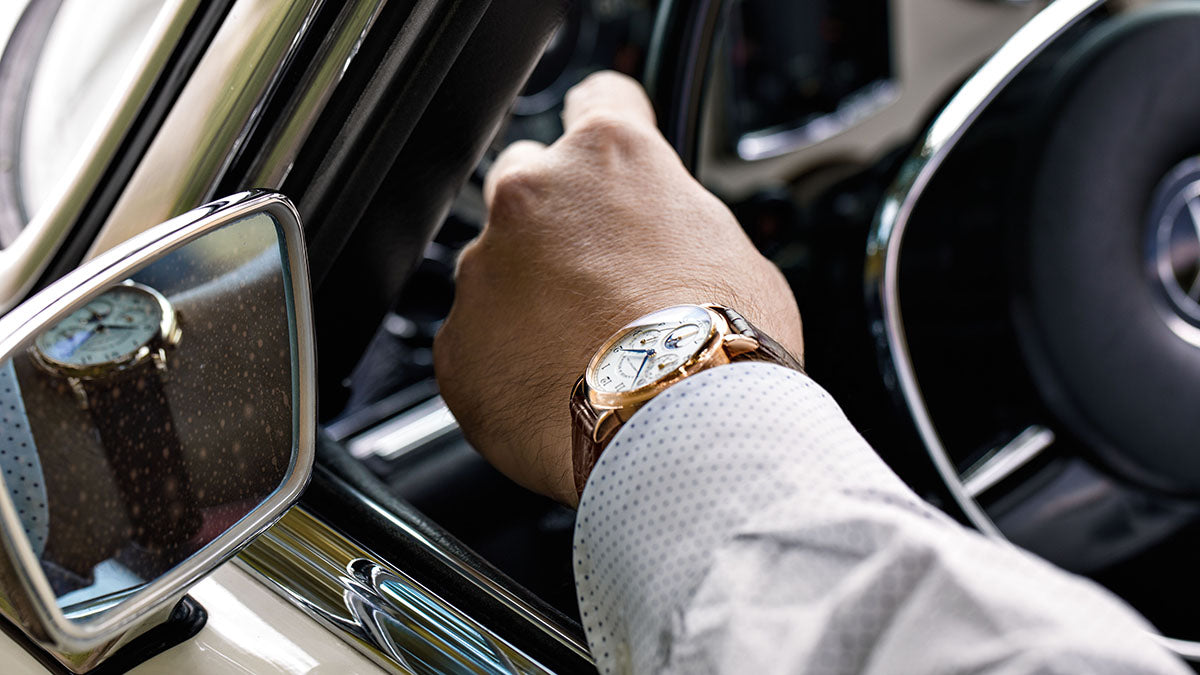 A. Lange & Sohne 1815 Annual Calendar - Credit A. Lange & Sohne
A. Lange & Sohne 1815 Annual Calendar - Credit A. Lange & Sohne
An annual calendar watch is a mechanical timepiece that displays the date, day of the week, and month on the watch face. The mechanism monitors the different months, keeping track of those with 30 or 31 days — but it needs a little help from you once a year.
Annual calendars don't know about February's length or leap years automatically. This means that at the end of February, you need to manually adjust the date on the watch to keep it accurate.
Now, how does an annual calendar watch actually work?
Well, every annual calendar watch is slightly different, but they all use special gears and wheels to keep track of the date, day, and month. These parts work together to make sure the watch shows the correct information.
The calendar complication features a 24-hour driving wheel with two fingers. The first progresses the date every day at midnight, while the second keeps tabs on the month (tracking those with 30 or 31 days).
For 30-day months, the date wheel skips 31 to display the correct date. It’s only in February, when the month has 28 (or 29 on a leap year) days, that the movement needs a manual touch.
A brief history of annual calendar watches
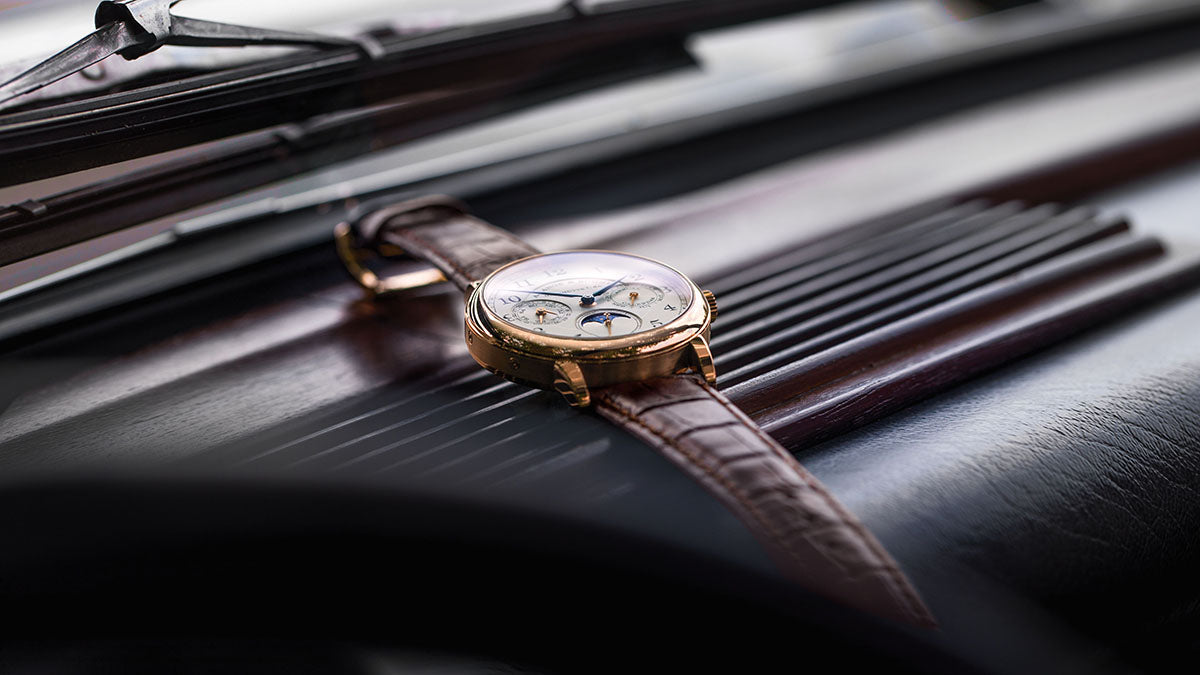 A. Lange & Sohne 1815 Annual Calendar - Credit A. Lange & Sohne
A. Lange & Sohne 1815 Annual Calendar - Credit A. Lange & Sohne
It might be hard to believe, but annual calendar watches are relatively new. They first emerged in 1996, when Patek Phillippe released the Ref. 5035 as a simple and more affordable option than perpetual calendars.
Since then, annual calendar watches have grown in popularity. Watch brands like Rolex and Audemars Piguet started making their own annual calendar watches after seeing Patek Philippe's success. And with advances in new technology, these watches have become more reliable and accurate over time.
Check out these watch straps for Patek Philippe watches.
- Regular price
- £54.40
- Regular price
-
£68.00 - Sale price
- £54.40
- Unit price
- per
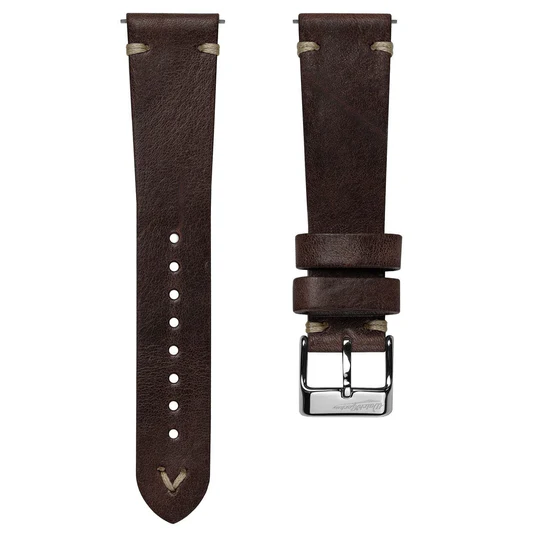
- Regular price
- £54.40
- Regular price
-
£68.00 - Sale price
- £54.40
- Unit price
- per
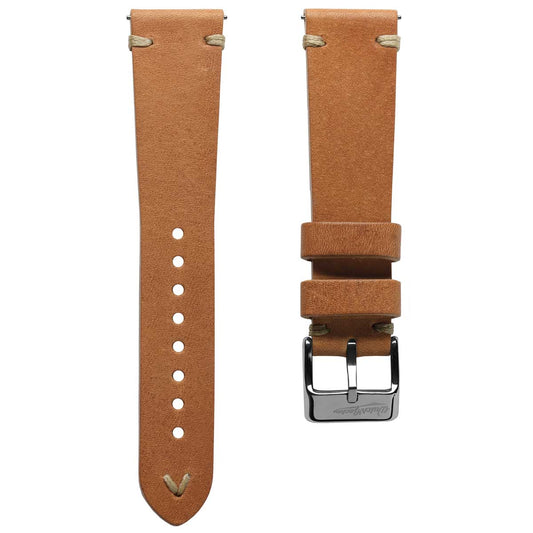
- Regular price
- £54.40
- Regular price
-
£68.00 - Sale price
- £54.40
- Unit price
- per
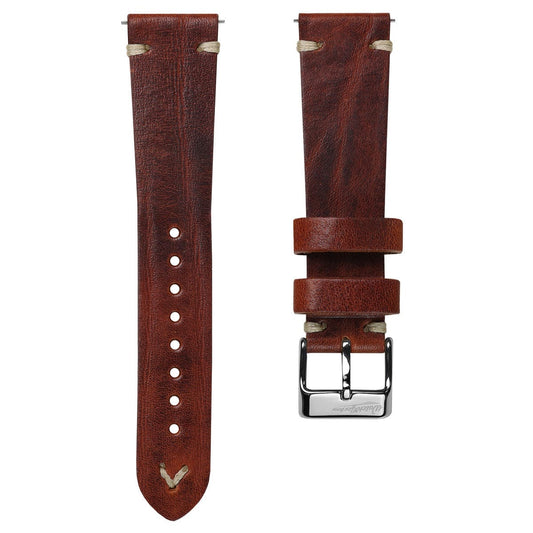
Annual vs. perpetual watches: What’s the difference?
Annual and perpetual watches both have mechanical movements with calendar complications. The main difference comes with how they handle leap years and the lengths of different months.
Perpetual calendar watches automatically adjust for different month lengths and leap years. They can accurately display the date, day of the week, and month without manual intervention, even during leap years.
Annual calendar watches, on the other hand, need a small manual adjustment, usually at the end of February.
Because of their complexity and intricate mechanisms, perpetual calendar watches are more expensive. Take a look at the Glashütte Original Senator Excellence Perpetual Calendar watch as an example.
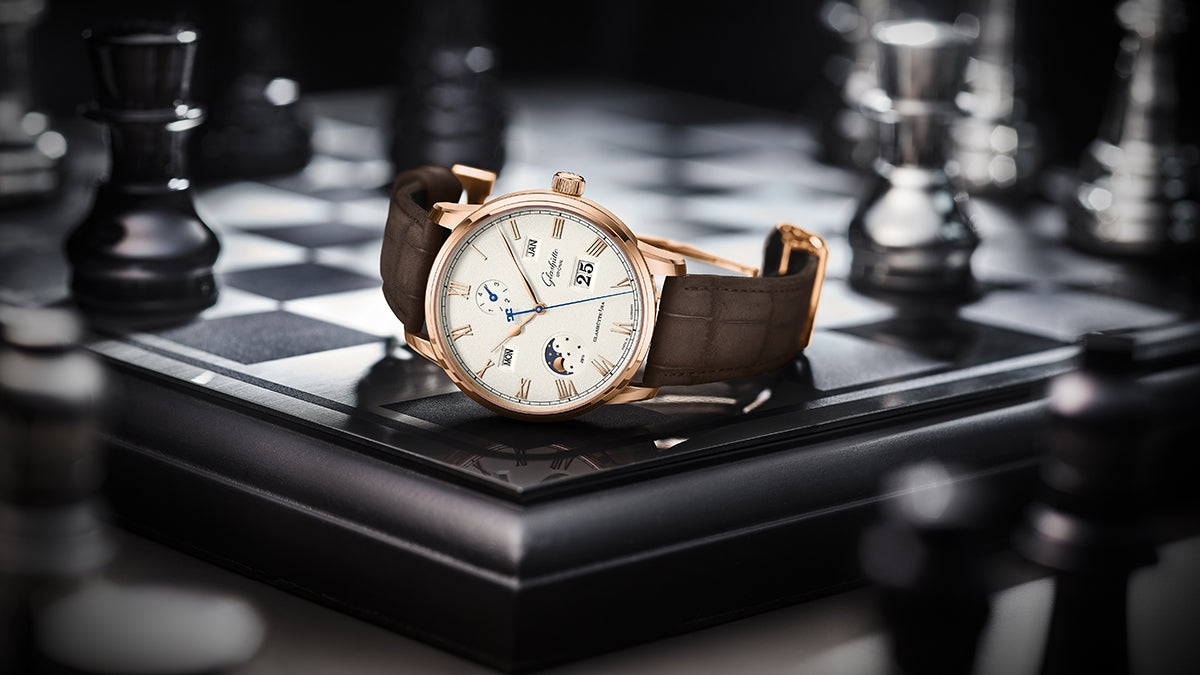 Glashütte Original Senator Excellence Perpetual Calendar - Credit Glashütte Original
Glashütte Original Senator Excellence Perpetual Calendar - Credit Glashütte Original
These high price points are exactly why Patek Philippe created the Ref. 5035. The annual calendar watches are still practical and stylish, but more cost-effective.
So, what about accuracy?
Simply put, perpetual watches have the edge. Annual calendars are incredibly accurate, but perpetual watches are engineered to maintain accuracy throughout the entire year. With no manual requirements necessary, they are the more accurate timepieces.
However, here’s an interesting fact: the precision of perpetual watches will take a hit in the year 2100 when the calendar excludes a leap year that the timepiece will expect!
Adding an annual calendar watch to your collection?
If you want precision, style, and amazing craftsmanship but without the price point of a perpetual calendar, annual calendar watches are a good option. If you’re thinking about adding one of these watches to your collection, let me know in the comments below! Or if you already have one, share your feedback in the comments.





